Sprained ankle. One of the most common injuries to padel. What is that ? how to avoid it and especially how to treat it? We tell you everything.
Since the appearance of the tracks of padel with very little sand, slips are increasingly rare. The game accelerates and sudden stops are more frequent. Perfect conditions for a sprained ankle.
A sprain is the lesion created by an overly pronounced stretching of the ligaments. The ligaments serve to unite the bones together and maintain the joints.
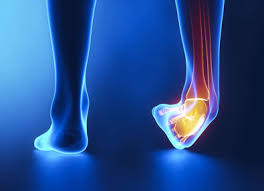
How can you sprain your padel ?
We are not going to list all the possible ways to get sprained, but the most frequent cases are when you perform a lateral run and you block your foot. The foot remains while your body continues to move. The outer part stretches more than expected.
The other case is when you jump to play a bandeja. You move backwards while jumping. In this case you have several pieces of information to process. The race, the positioning, the strike, the position of your opponents and… the resumption of contact with the ground. If you are not toned enough when landing, you may twist your ankle.
How do you know if it’s a sprain?
It is quite simple to detect. First of all, if it is a light sprain, you will feel your foot bend, followed by severe pain. You are going to have a little trouble walking but since you are still warm and in the heat of the action, you can continue playing.
However, if the sprain is more severe, you will hear a cracking sound, followed by severe pain and swelling in the affected area. Your foot may even change color through purple, blue, yellow.
How to treat a sprain?
A sprain should be treated with calm and discipline, especially when it is at the level of the foot. First, and immediately after the incident, apply ice to calm the inflammation. Then you can apply anti-inflammatory and take it in tablets. During the first 2 days, it can be interesting to make a compressive bandage while continuing the application of ice.
If the pain is really severe, go to your doctor or the emergency room for an x-ray. Don't delay thinking it will get better tomorrow.
Rest, leg elevation and calm when resuming activities. Start simple with seated exercises so as not to strain the joint, then stand on unstable surfaces. The return to the slopes of padel will have to be done slowly with first strikes of soft balls, without great displacements, then the light displacements and finally the jumps.
Do not take the steps too quickly because a sprain takes time to heal. Poorly cared for, the foot weakened, you are likely to repeat this bad experience.
How to avoid a sprain?
This is a question to which everyone would like to have the answer. One thing is sure, warm up properly by working your joints. Attach your shoes properly, do not hesitate to use ankle boots or apply warming creams a few minutes before entering the track.
And drink some water. Don't start drinking while you're on the trail. Start at least 30 minutes before.
Julien Bondia is a teacher of padel in Tenerife (Spain). Columnist and advisor, he helps you play better through his tutorials and tactical/technical articles padel.




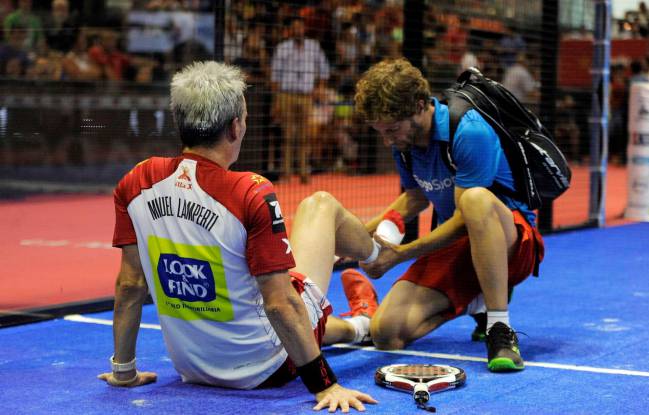











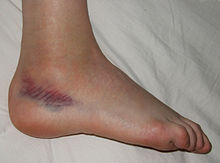
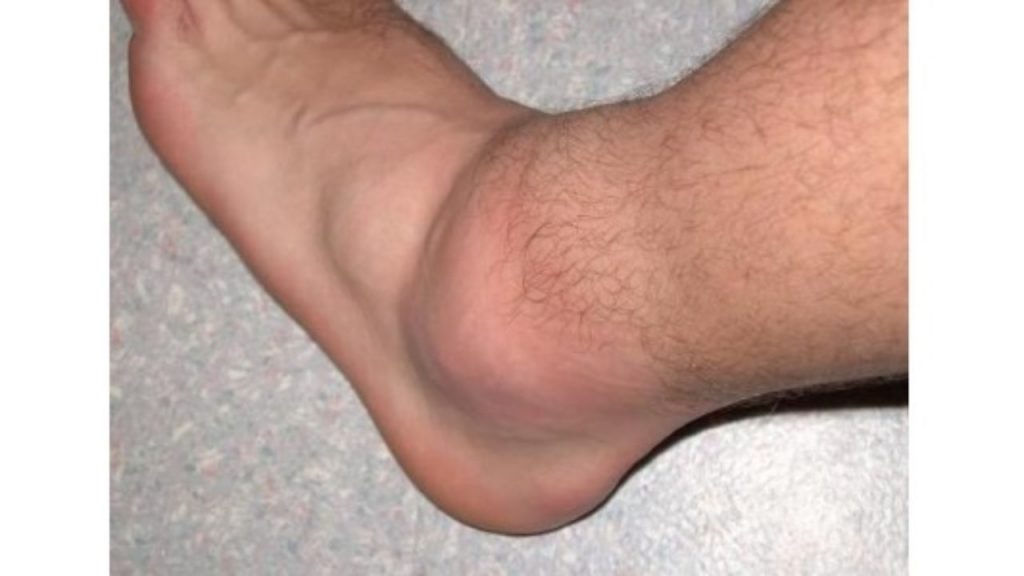
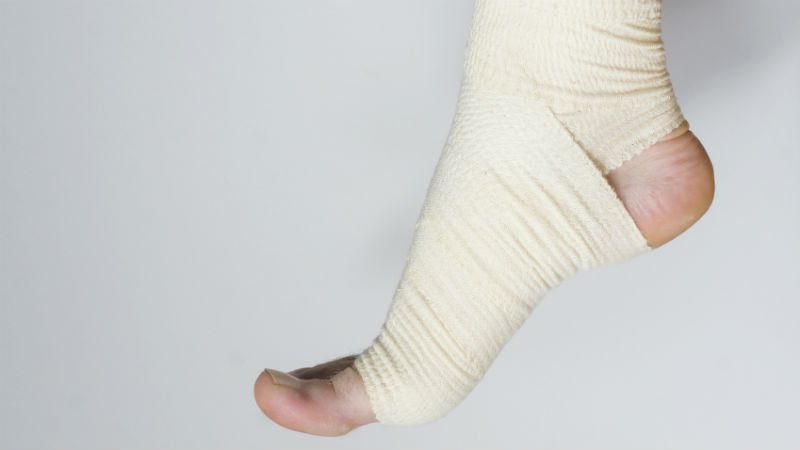
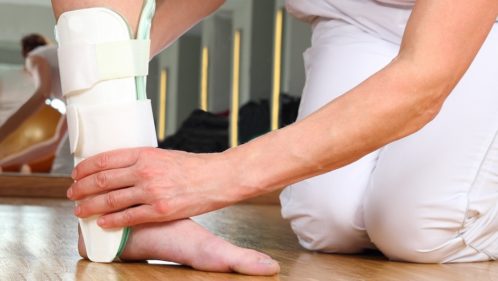






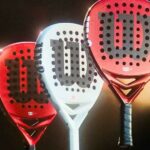














































































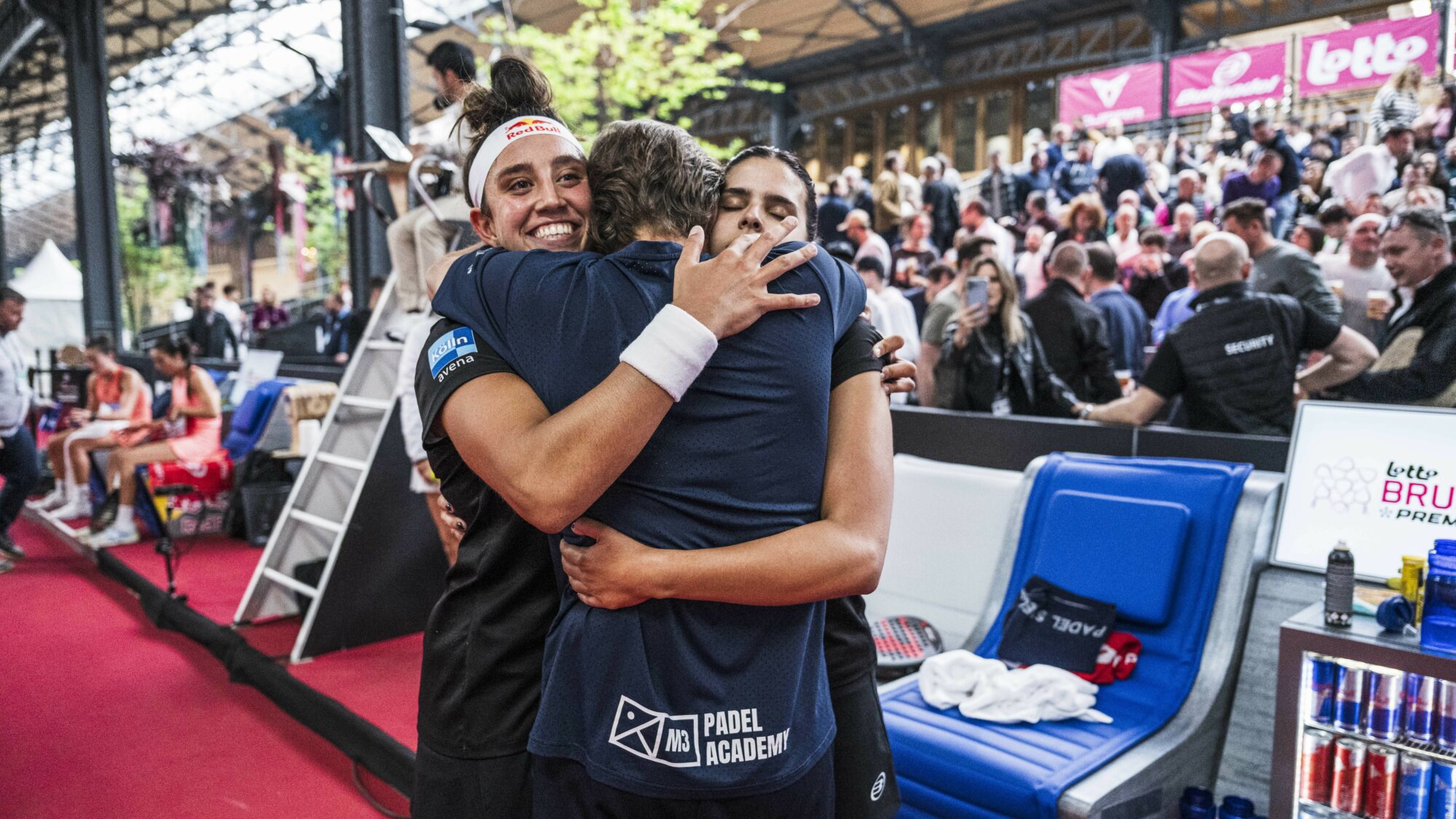 Premier Padel Brussels P2 – Brea/Gonzalez wins the arm wrestling against Salazar/Icardo
Premier Padel Brussels P2 – Brea/Gonzalez wins the arm wrestling against Salazar/Icardo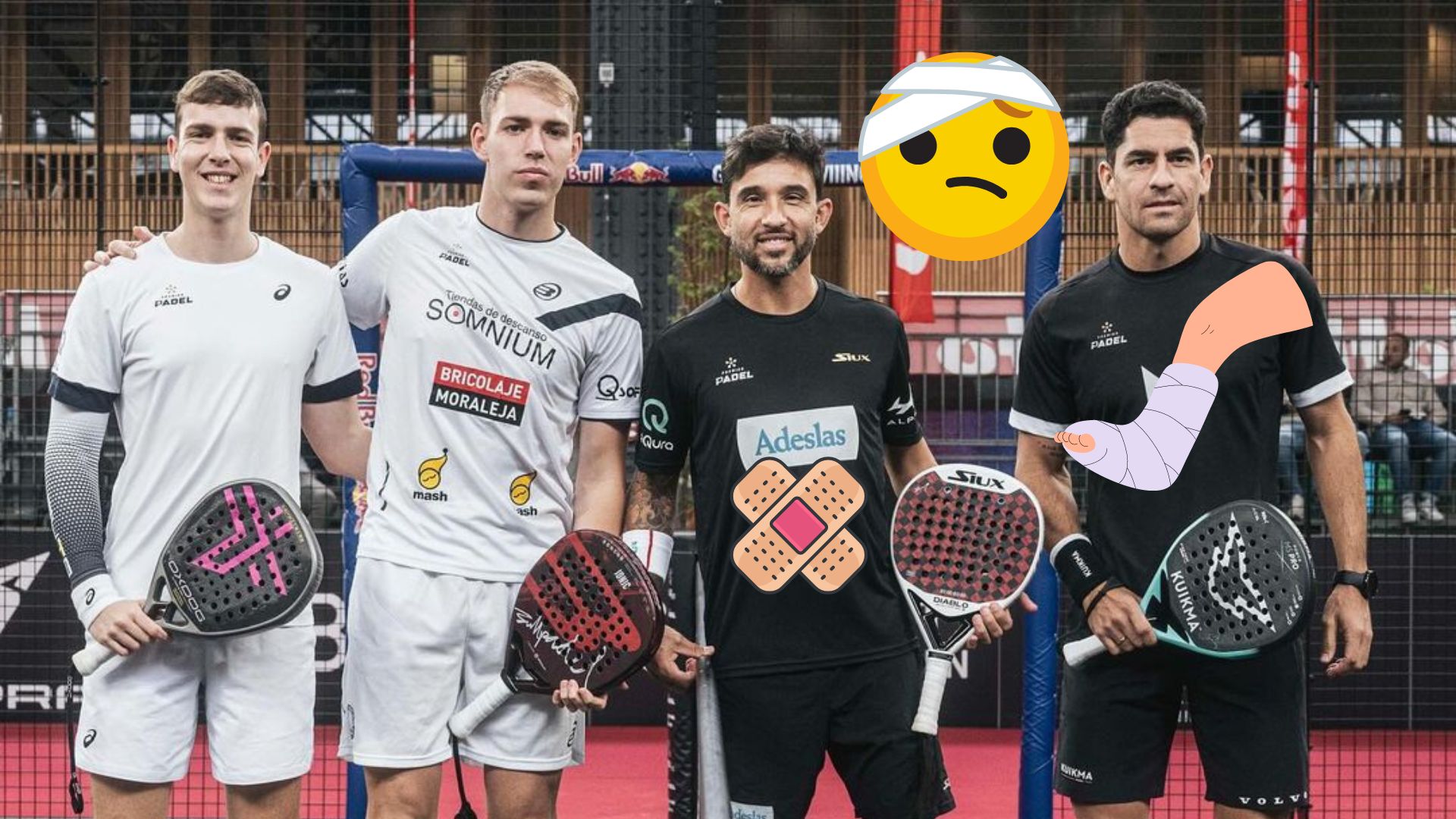 Unusual – Sanyo Gutierrez and Maxi Sanchez suffered in Brussels
Unusual – Sanyo Gutierrez and Maxi Sanchez suffered in Brussels FIP Promotion Sharjah – More French people in the United Arab Emirates
FIP Promotion Sharjah – More French people in the United Arab Emirates Guillaume Codron de Sud Padel : “A family project”
Guillaume Codron de Sud Padel : “A family project” Nallé Grinda: “Democratize the padel in the USA with PadelX "
Nallé Grinda: “Democratize the padel in the USA with PadelX " Simon Boissé: “We know that there are two nations in front of us”
Simon Boissé: “We know that there are two nations in front of us” Marie Maligo: “This period of frequent changes of partners was beneficial for me”
Marie Maligo: “This period of frequent changes of partners was beneficial for me” The All Star Tour returns on May 16 at the All In in Lyon
The All Star Tour returns on May 16 at the All In in Lyon D-7 of the “BetClic Remontada Padel”, at the foot of the Eiffel Tower
D-7 of the “BetClic Remontada Padel”, at the foot of the Eiffel Tower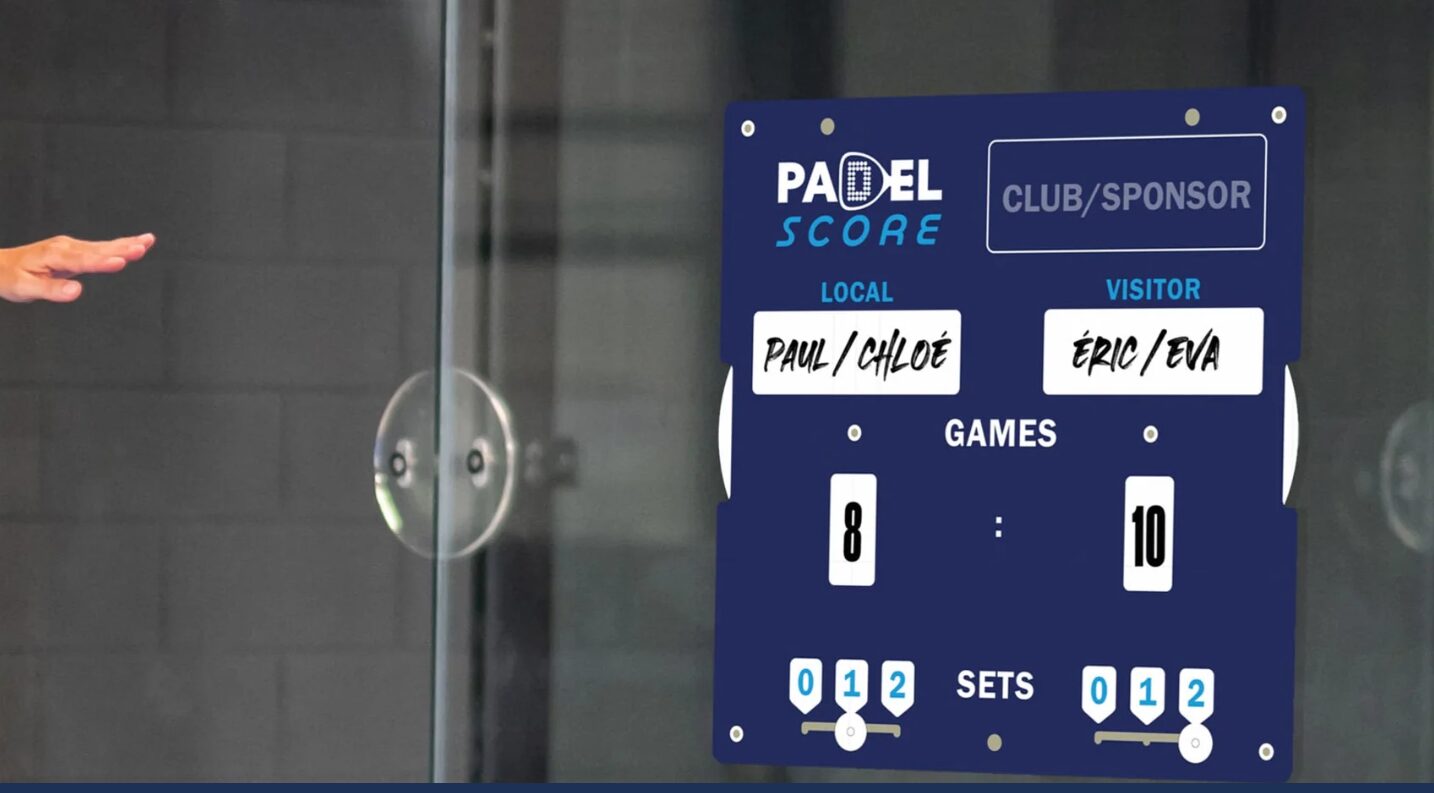 Padel Score: an essential table for keeping score
Padel Score: an essential table for keeping score Léa Godallier makes her big return to the slopes this weekend
Léa Godallier makes her big return to the slopes this weekend Premier Padel Brussels P2 – Juan Lebron and Ale Galan together in Belgium?
Premier Padel Brussels P2 – Juan Lebron and Ale Galan together in Belgium?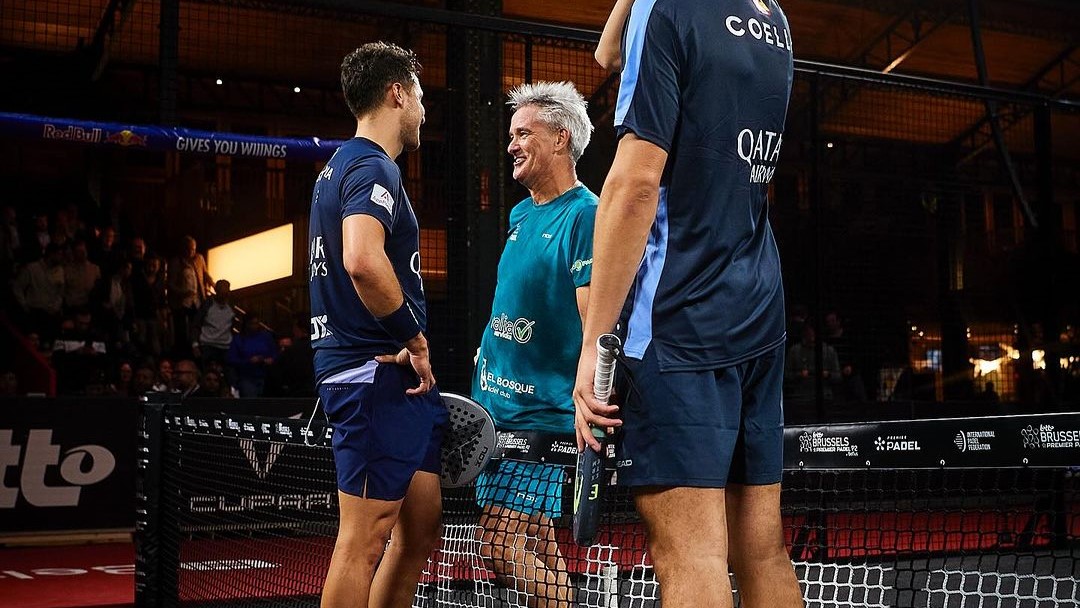 Agustin Tapia salutes the longevity of Miguel Lamperti
Agustin Tapia salutes the longevity of Miguel Lamperti José Manuel Escin at the inauguration of Casa Padel DOS: “Finally, and thank you!”
José Manuel Escin at the inauguration of Casa Padel DOS: “Finally, and thank you!” Padel Score comes to Tahiti for American Express Padel Cup!
Padel Score comes to Tahiti for American Express Padel Cup! Do you know the Rafa Nadal Academy Tour?
Do you know the Rafa Nadal Academy Tour? Play at padel on his yacht? Possible for €233.000!
Play at padel on his yacht? Possible for €233.000!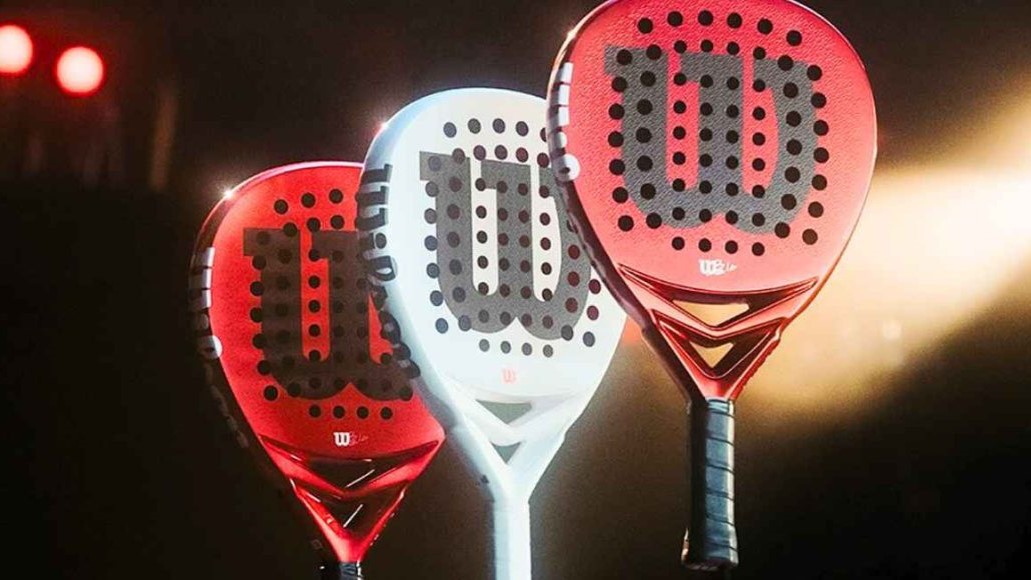 Presentation of the Wilson Bela V2.5 collection
Presentation of the Wilson Bela V2.5 collection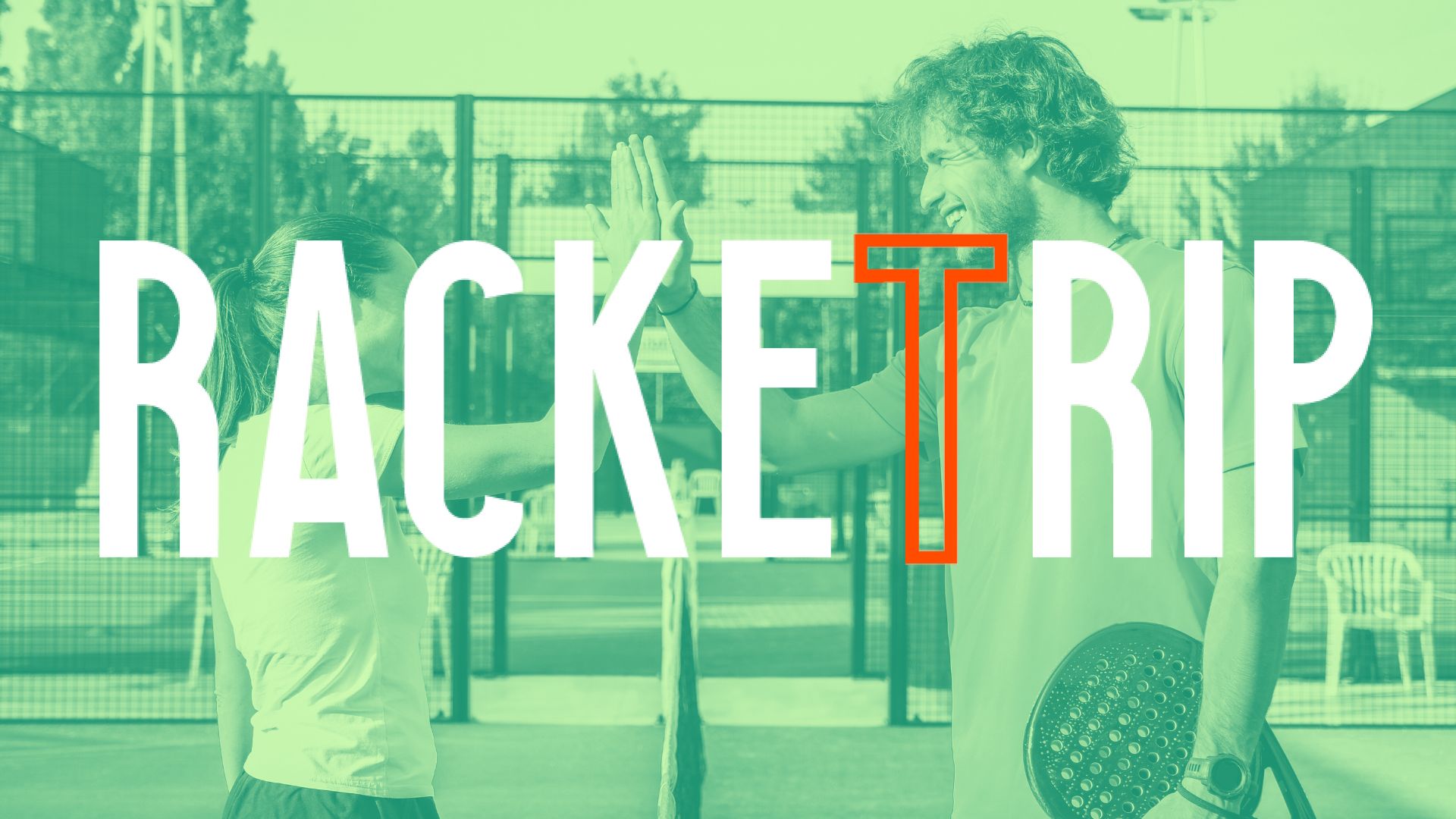 The LinkedIn of racquet sports: Racket Trip
The LinkedIn of racquet sports: Racket Trip The score at padel : manual
The score at padel : manual Our Top 10 training courses padel in France and Europe
Our Top 10 training courses padel in France and Europe At the heart of padel – Episode 25: Paul and Andoni answer your questions
At the heart of padel – Episode 25: Paul and Andoni answer your questions At the heart of padel – Episode 23: defend the window well
At the heart of padel – Episode 23: defend the window well Prohibition on playing topless Padel : the reasons
Prohibition on playing topless Padel : the reasons FIP Tour – Going far from Europe, THE strategy to earn points!
FIP Tour – Going far from Europe, THE strategy to earn points! What is a good football player? padel ?
What is a good football player? padel ? “Lefties give me headaches when I play against them!”
“Lefties give me headaches when I play against them!” At the heart of padel – Episode 14: how to earn points in winter?
At the heart of padel – Episode 14: how to earn points in winter? The basic tactics of padel
The basic tactics of padel A par 4 is always a winner...even if you manage to defend it!
A par 4 is always a winner...even if you manage to defend it! Carbon fiber VS fiberglass: what to choose?
Carbon fiber VS fiberglass: what to choose? How to effectively test a racket padel ?
How to effectively test a racket padel ? La padel to fight Parkinson's disease
La padel to fight Parkinson's disease Don't play with a cracked or broken racket, your body will thank you!
Don't play with a cracked or broken racket, your body will thank you! Michel Cymes: “The padel, physically, it’s serious!”
Michel Cymes: “The padel, physically, it’s serious!” Jeremy Gala: “Promote the padel among young people in Belgium remains a challenge”
Jeremy Gala: “Promote the padel among young people in Belgium remains a challenge” The French Touch Academy organizes its selection day Padel-Study
The French Touch Academy organizes its selection day Padel-Study Report on the detection and training of younger generations
Report on the detection and training of younger generations